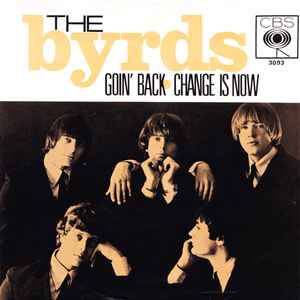I was talking to a friend of mine who is reading a Gram Parsons book and I learned something from him that I didn’t know about this song. This song is a tragic song about three friends. Linda Ronstadt also appears on this one. The song is credited to Parsons and Harris.
The song is structured as a series of verses recounting the stories of three real individuals, each meeting a tragic end. The first verse of this song is about actor/musician Brandon deWilde. Parsons was friends with deWilde in the sixties and early seventies. He was in films and TV shows such as Shane, The Virginian TV Series, Hawaii Five-O, and many others. He started a music career and Gram Parsons helped him out in the sixties. Some have said no one could sing harmony better with Gram than deWilde excluding Harris.
In 1972 he was in Denver doing a stage production of Butterflies Are Free and he was killed in a camper van that hit a guardrail, truck, and then rolled. He was 30 years old.
The second verse was about Byrds’ extremely gifted guitar player Clarence White. An incredible country guitar player who co-invented with Gene Parsons the B-Bender that Telecasters use. He joined the Byrds around the time that Gram was leaving. He and his brother Roland White were loading equipment in their car and a drunk driver killed Clarence but Roland survived.
The third person was Sid Kaiser, a talent agent and producer in Los Angeles. He died of a heart attack a few days after Clarence White. Gram would pass on a few months after Keiser.
The sessions for “Grievous Angel” took place in 1973, primarily at Wally Heider Studios in Los Angeles. Parsons worked with renowned musicians, including members of Elvis Presley’s TCB Band: James Burton (guitar), Glen D. Hardin (piano), and Ronnie Tutt (drums), among others.
Rock critic Ben Fong-Torres: “Because Gram never lived to see through the details of the album including the order of songs…’Darkness’ was placed at the end of the second side, partly because it made sense, and partly because it could easily be read as a song about Gram himself, in particular, the lines he wrote for Clarence:”
In My Hour of Darkness
In my hour of darknessIn my time of needOh Lord, grant me visionOh Lord, grant me speed
Once I knew a young manWent driving through the nightMiles and miles without a wordWith just his high beam lightsWho’d have ever thought they’d buildSuch a deadly Denver bendTo be so strong, to take so longAs it would ’til the end
In my hour of darknessIn my time of needOh Lord, grant me visionOh Lord, grant me speed
Another young man safely strummedHis silver string guitarAnd he played to people everywhereSome say he was a starBut he was just a country boyHis simple songs confessAnd the music he had in himSo very few possess
In my hour of darknessIn my time of needOh Lord, grant me visionOh Lord, grant me speed
Then there was an old manKind and wise with ageAnd he read me just like a bookAnd he never missed a pageAnd I loved him like my fatherAnd I loved him like my friendAnd I knew his time would shortly comeBut I did not know just when
In my hour of darknessIn my time of needOh Lord, grant me visionOh Lord, grant me speed
Oh Lord, grant me visionOh Lord, grant me speed
…




